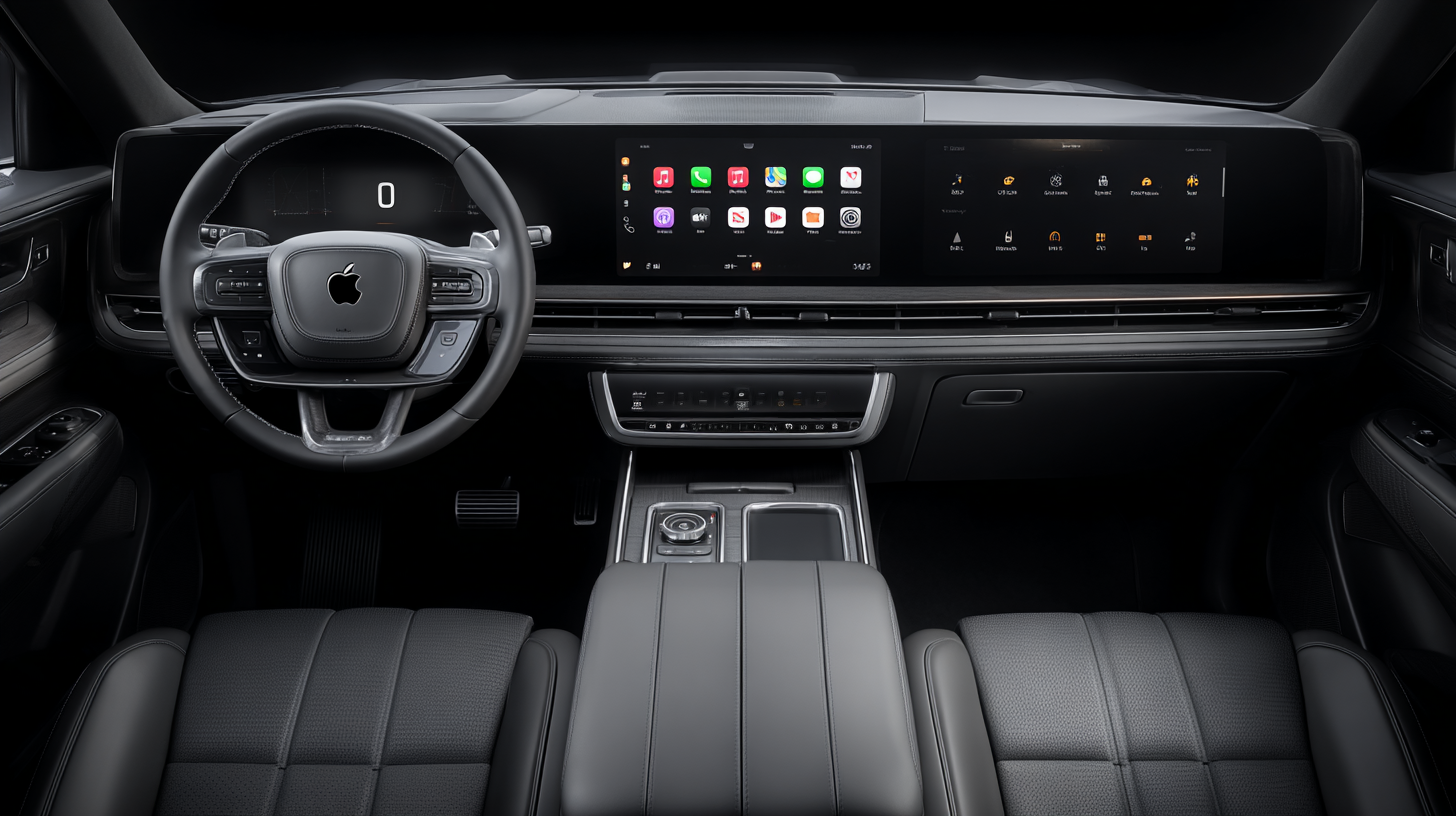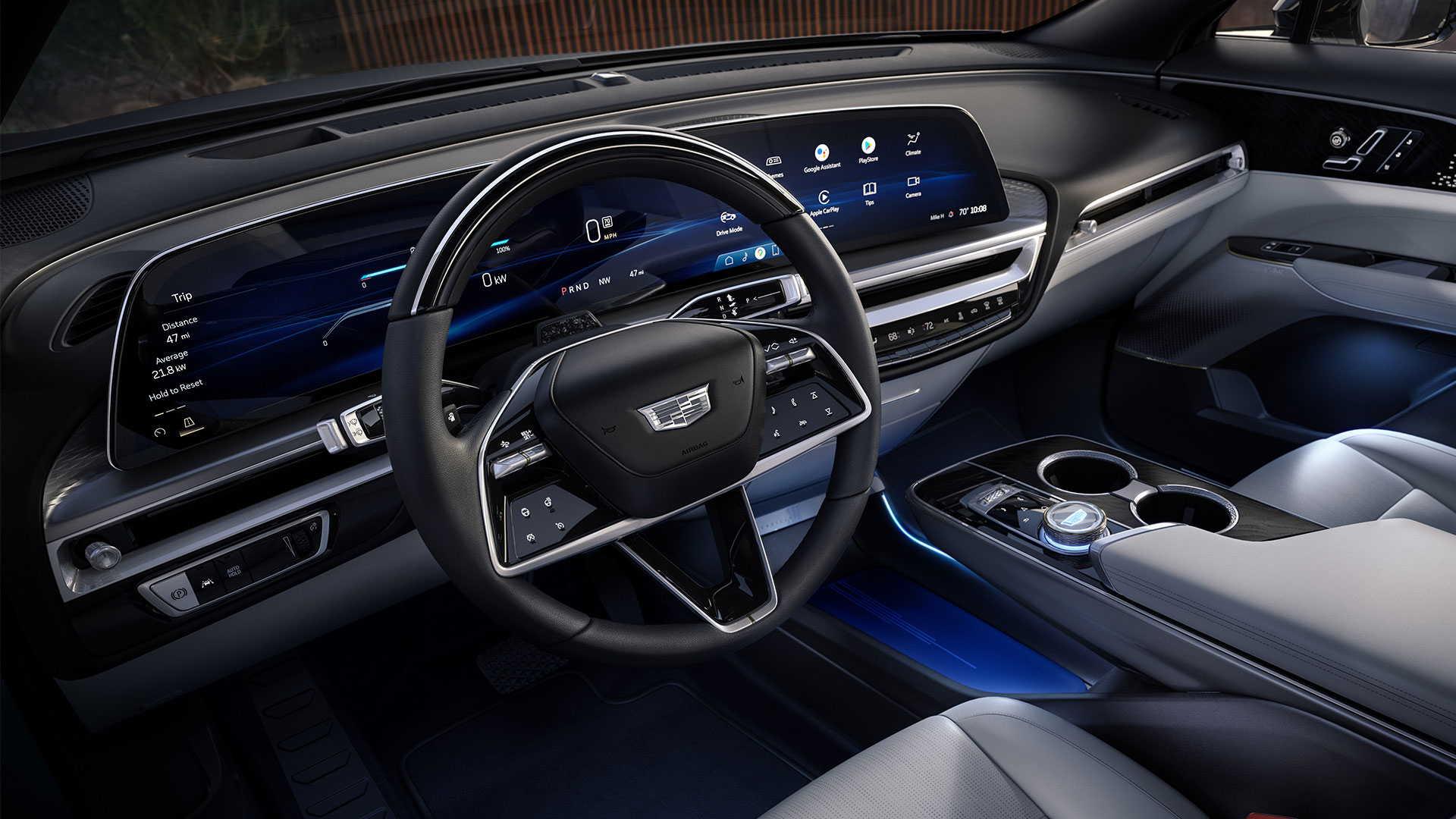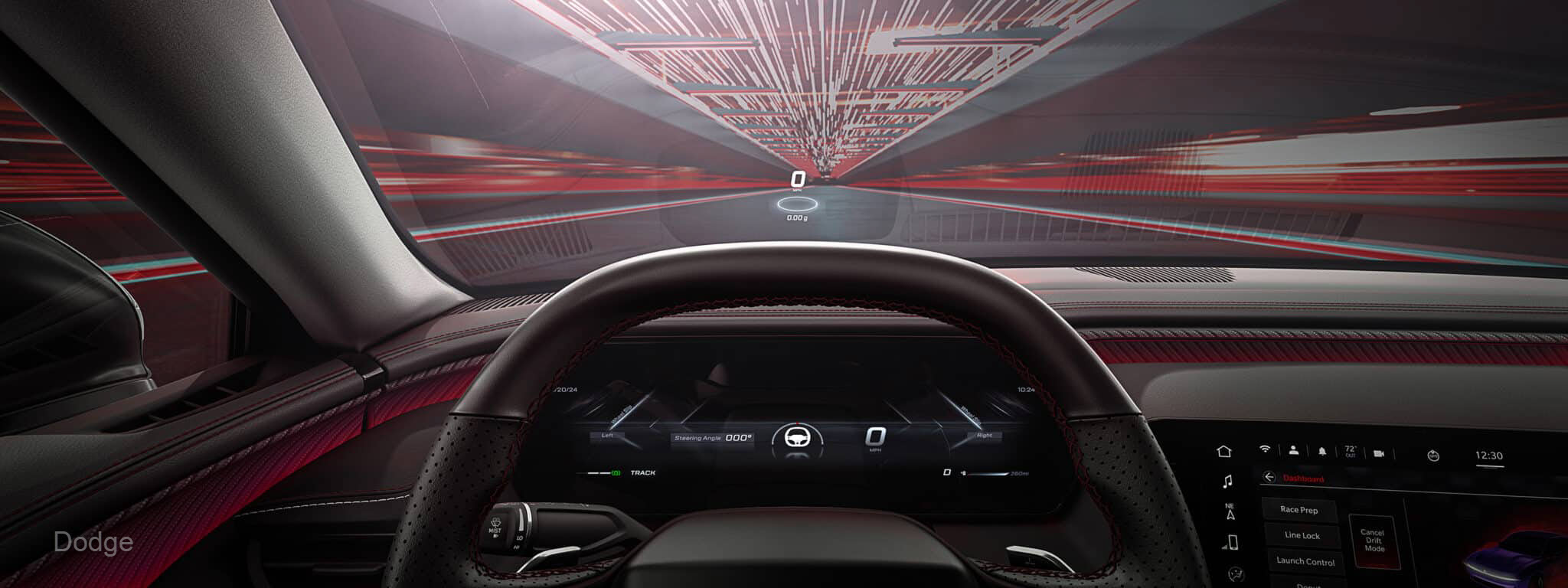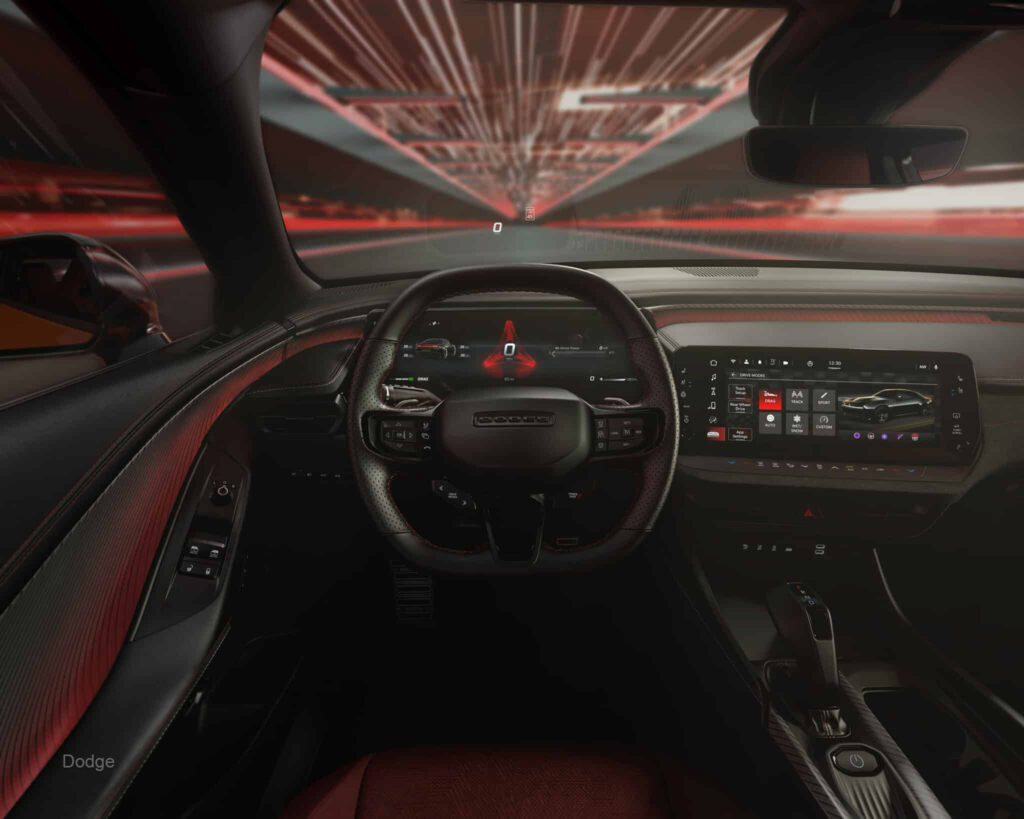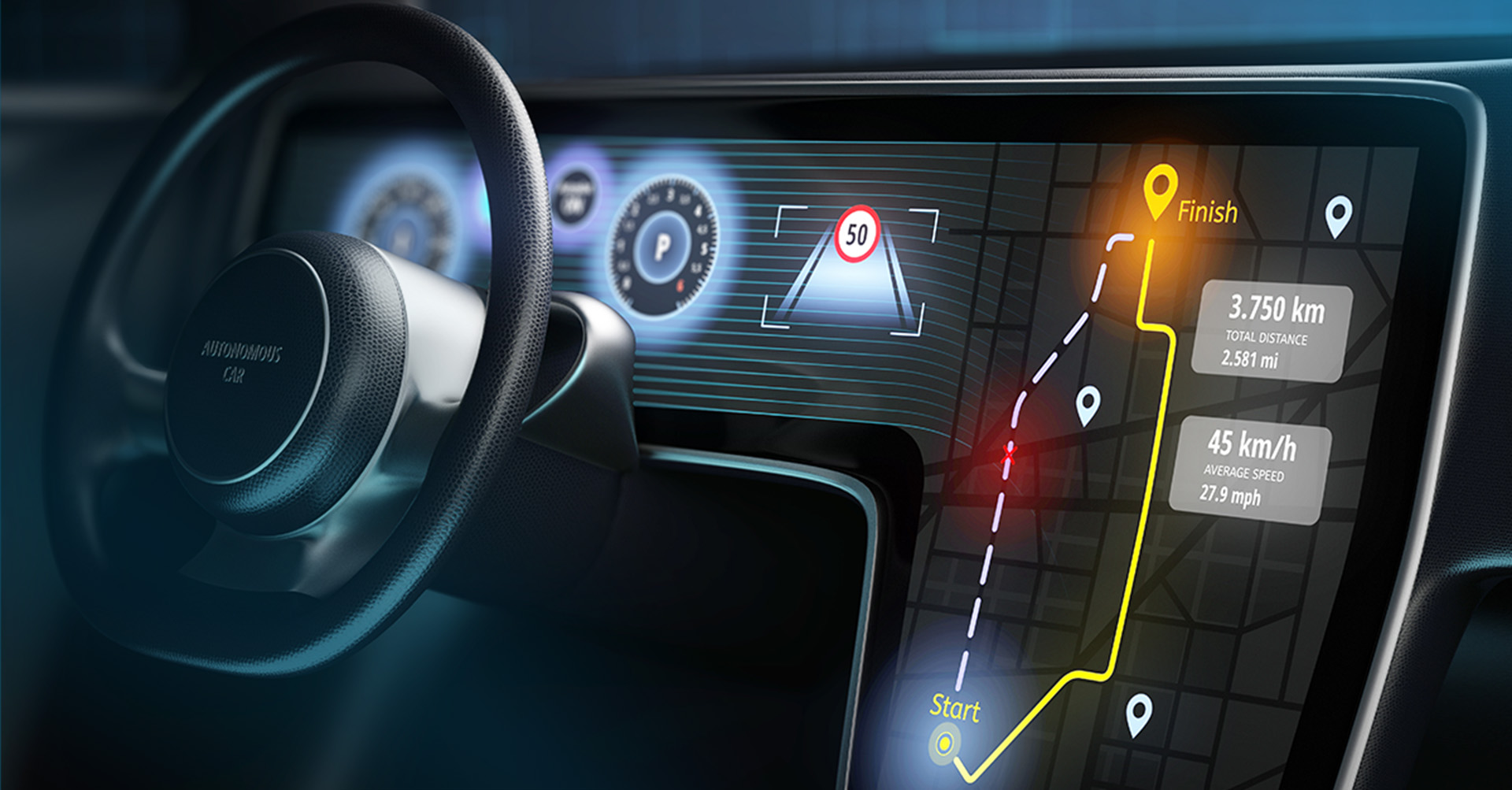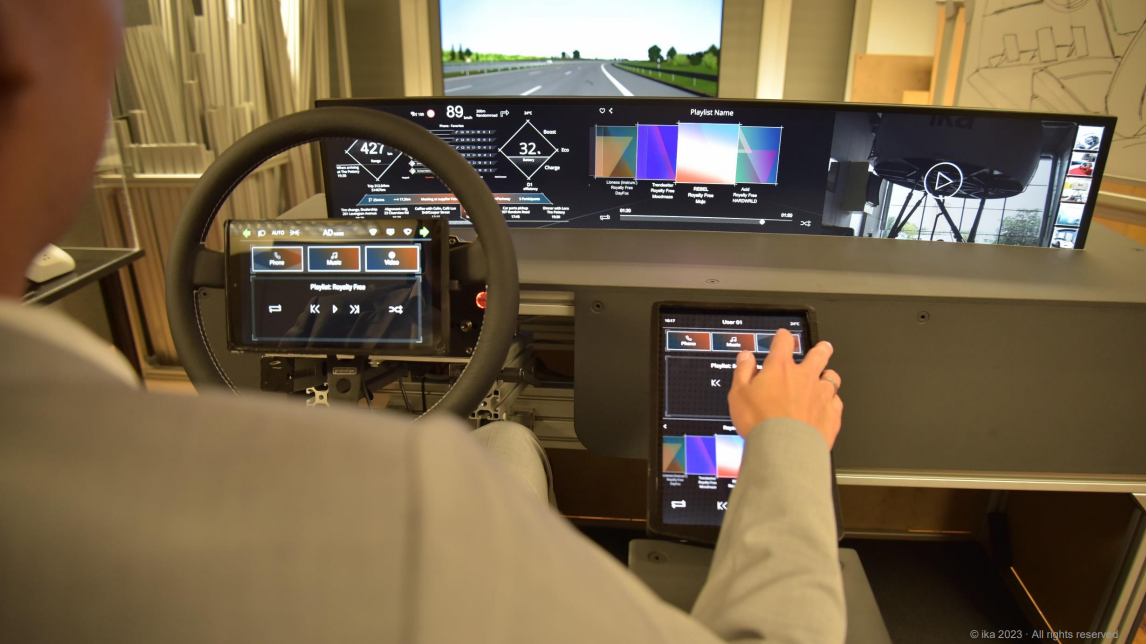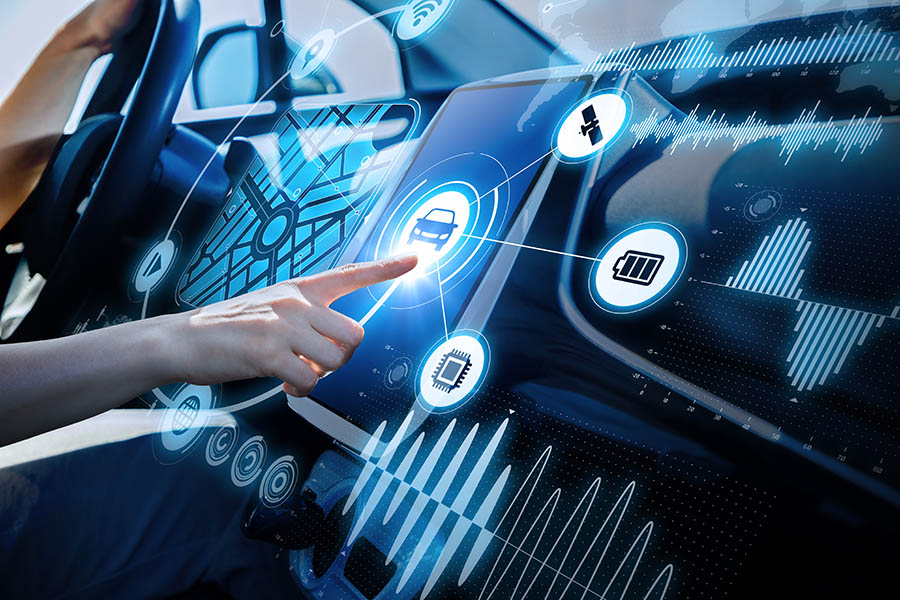Today’s automotive cockpits are engineering marvels. Original Equipment Manufacturers (OEMs) are successfully pushing the boundaries of connectivity, safety, and overall screen real estate, integrating massive, high-resolution displays that serve as command centers for the driver and passenger experience. These modern digital canvases provide unprecedented functionality, safety features, and access to information.
But sometimes… it’s fun to take a look back.
That’s why a recent article from SlashGear’s Ivo Gievski, 5 Cars with the Coolest Dashboards Displays, is such a fun read. It’s a fascinating look at where display technology has been—and offers great inspiration for future digital design. These examples highlight an era when designers used early digital technology not just for function, but for pure, futuristic theater.
The piece spotlights vehicles that featured instrument clusters that were truly “ahead of their time,” offering a glimpse into what was possible long before massive screens became the norm:
- The Aston Martin Lagonda was a technological pioneer, using early digital and CRT screens that gave the luxury sedan a space-age feel.
- The Subaru XT Turbo fully embraced the 80s aesthetic, sporting a video-game-like instrument cluster and a unique graphic that depicted the car moving upon acceleration.
- The Vector W8, a true American supercar, pulled inspiration from fighter jets, using an information-dense LCD display that had a distinct, high-tech, cyberpunk flair.
Check out the article to see which others made the list and see snapshots of these retro dashboards.
These examples underscore that innovation in the cabin isn’t just about size—it’s about unique design and user experience.
As OEMs continue to maximize the capability of modern digital screens, these historical gems provide a wealth of design cues. With today’s powerful systems, the potential for customization is endless. Imagine the fun of utilizing that massive digital real estate to offer a suite of retrofuturism skins, allowing drivers to instantly switch their display’s look to the iconic, retro-futuristic style of the Subaru XT or beyond.
We highly recommend checking out the full SlashGear article to appreciate these iconic displays—and to get your own inspiration for the next generation of digital cockpits.

